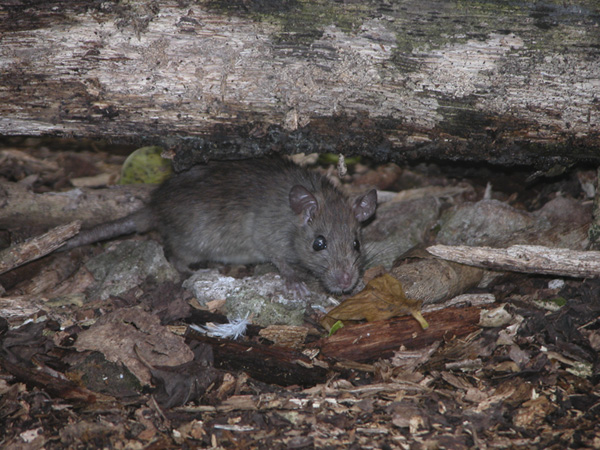Published in the Ocean Watch column, Honolulu Star-Advertiser © Susan Scott
February 11, 2013
Last week I came home from a trip to a good-news email. A year after a team of workers made an enormous effort to get rid of rats on Palmyra Atoll, a national wildlife refuge 1,000 miles south of Hawaii, its islands remain rat-free.
The workers are breathing a sigh of relief, as are the atoll’s plants and animals. In one year, biologists found a 367 percent increase in native crabs, insects and spiders and a 130 percent increase in native tree seedlings.
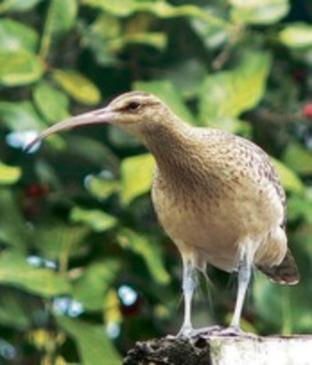 A bristle-thighed curlew.
A bristle-thighed curlew.
©2013 Susan Scott
Researchers believe that rats arrived in Palmyra between 1940 and 1945 during the Navy’s construction of buildings, runways, roads and wharves. With no predators and native crabs, insects and seeds to eat, the black rat population grew to an estimated 30,000 on Palmyra’s 25 islets.
That’s a lot of rats for a land mass of less than one square mile, and those rodent rascals grew bold. When I was there in 2005, I often found them munching, in broad daylight, on snacks from my gear.
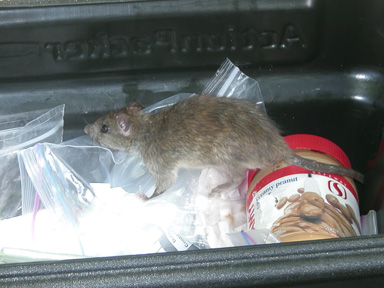
Rat eradication is tricky business for a lot of reasons, one being that no biologist likes exterminating animals that are there through no fault of their own. But when the time comes that it’s crucial, as it clearly was in Palmyra, you have to make sure you’re not hurting the species you’re trying to save.
The Palmyra rat project took seven years of planning to make sure that no native animals, particularly a migratory shorebird called the bristle-thighed curlew, were harmed.
In that workers succeeded. Recent counts show no change in the number of curlews in the atoll.
Curlews were worrisome because, unlike seabirds, which eat only fish and squid, bristle-thighed curlews eat anything they find, including the anticoagulant bait put out for the rats. (The substance does not affect invertebrates.) Because not all curlews fly to their Alaska breeding grounds each spring, workers captured 13 of the birds that summered in Palmyra, and cared for them while the bait was spread.
Later, when the birds were set free, they went back to their normal, extraordinary lives.
Bristle-thighed curlews are the only shorebirds known to use tools. At Midway the 17-inch tall birds throw rocks at abandoned albatross eggs to break them open. In Palmyra, curlews drop rocks on hermit crabs to break shells.
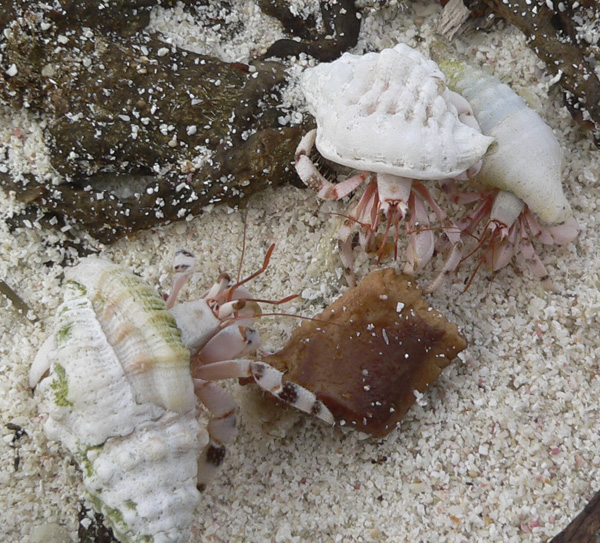
The imperiled bristle-thighed curlew, down to only about 7,000 individuals in the world, is the only shorebird that migrates exclusively to oceanic islands, including here in the main Hawaiian Islands.
Rat eradication in refuges is hard, unglamorous work, but without it the areas are not the havens they are intended to be. Congratulations to all the workers on a job well done.
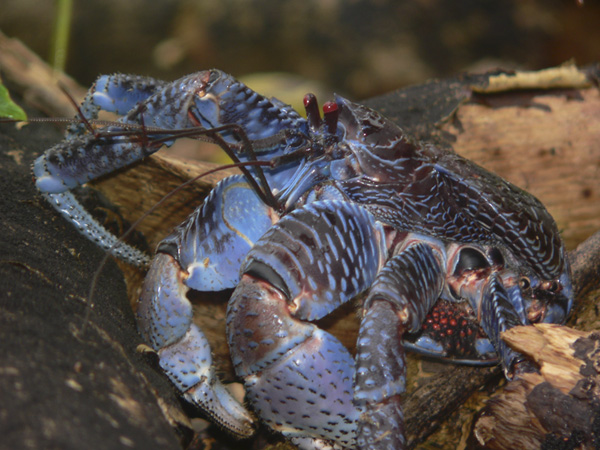 Bonus picture of a Coconut Crab on Palmyra,
Bonus picture of a Coconut Crab on Palmyra,
which is way to big to be bothered by a bird throwing stones.
